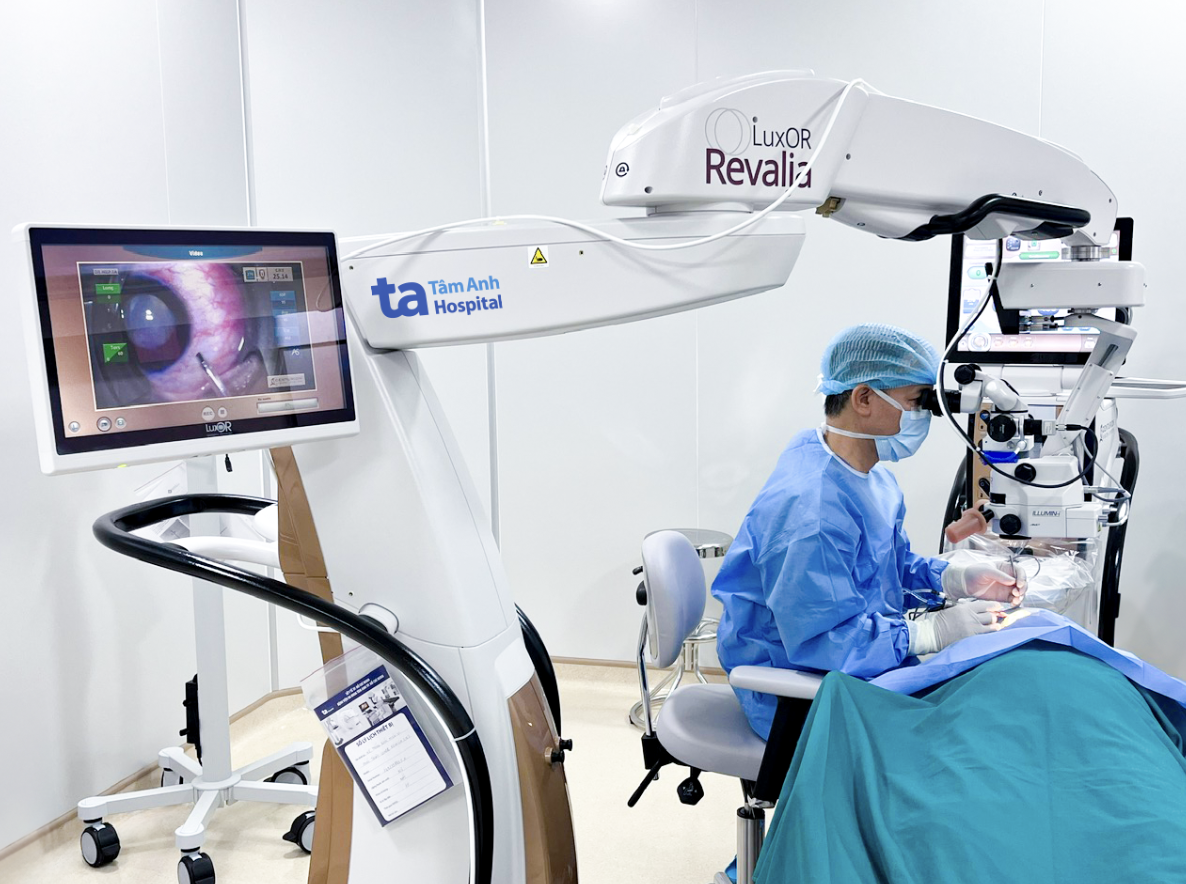Answer:
Cataracts occur when proteins in the eye's lens denature and clump together over time, causing the lens to become cloudy and obstructing light transmission, which leads to vision impairment. The disease progresses slowly, so many people don't notice it or are hesitant to seek treatment, allowing it to worsen.
In the early stages, wearing glasses can temporarily improve vision, but when cataracts become severe and affect daily life, surgery is necessary. Currently, phacoemulsification is a modern method for treating cataracts.
Long-term cataract development doesn't necessarily mean it's untreatable. In many cases, even if the cataract has been present for a long time but has progressed slowly without complications, vision can still be restored after surgery. However, when the condition is prolonged, the lens often hardens, and the capsule weakens, making surgery more challenging and increasing the risks of posterior capsule rupture, zonular dialysis, or corneal damage due to the high energy used during the procedure.
 |
A doctor performs phacoemulsification cataract surgery with lens implantation. Photo: Tam Anh General Hospital |
Some cases also involve complications such as glaucoma, uveitis, or optic nerve damage, limiting the potential for vision recovery even after successful surgery.
Your mother should see a doctor soon at a reputable hospital with a specialized ophthalmology department. The doctor can assess the extent of the cataract, retinal function, optic nerve health, and rule out other related conditions. This assessment is crucial for determining the appropriate time for intervention to prevent further progression and to provide a prognosis for post-operative recovery.
Dr. Tang Ngoc Anh
Deputy Head of the Ophthalmology Department, High-Tech Eye Center
Tam Anh General Hospital, TP HCM
| Readers can submit questions about eye diseases here for doctors to answer. |












